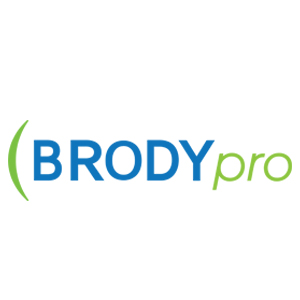 You’re giving an important presentation to audience members who might not be entirely sympathetic.
You’re giving an important presentation to audience members who might not be entirely sympathetic.
Maybe it’s delivering news of downsizing, or a reduction in hours. Maybe it’s sharing bad sales statistics. Or, maybe it’s trying to sell an idea for change that’s not popular.
Whatever the message, the people staring back at you from the seats probably don’t know who you are.
They are a captive audience, compelled to attend your talk by company policy or their managers, whether they like it or not.
You already know they are not inclined to think about the issue or idea you’re presenting the same way that you do. So, now what?
If your goal is to open or even change their minds — to persuade, to get them to take the action you need them to take or see the issue in a more favorable light — what are your options? What is the best way to achieve this?
Unfortunately, this scenario is all too common. Many people often need to present to undecided or hostile audiences as a part of their careers. This is when persuasive speaking comes into play.
Here are 8 persuasive speaking tactics that you can use to bond with your audience members and turn a hostile group around while staying in control:
• Activate their emotions by telling a poignant or compelling real life story.
• Break the tension with a genuine, spontaneous story about yourself.
• Ask the audience members questions about their position or opinion on your particular subject matter, and why they feel that way. Really listen and empathize with their answers. Show that you hear them and understand their concerns.
• Never respond defensively; never go on the attack – no matter how much certain audience members may try to provoke you.
• If appropriate, use humor to make light of the situation – but don’t tell offensive jokes.
• Find someone in the audience who appears positive, engaged, is perhaps smiling or nodding, and direct your remarks to him or her at first. Sometimes, all it takes is one person opening up to shift the mood of an entire room.
• If anyone heckles you, respond respectfully, regardless of the person’s tone. Diffuse the heckler’s remarks and regain control of the room by inviting him or her to discuss any concerns with you at the end of your presentation.
• Stay calm! No matter how good a presenter you are, there will be times when an audience is against you and you cannot change it. Hold your head high. At the end of the day, your own integrity and self-respect are important things to never lose.
Some types of audiences can be mixed – composed of mostly receptive people, with a few troublemakers just itching to put you down, show off their own knowledge, or disrupt your talk and hog the spotlight. I loved this article from Toastmasters that provides a list of difficult people that presenters might encounter — and the psychology behind their behaviors — using the appropriate acronym H-O-S-T-I-L-E.
• The Heckler – Hecklers insult others and are rude, acting this way in order to feel better about themselves.
• The Over-zealous – This type of audience member is usually the first person to ask or answer a question – hogging the time, making it hard for others to participate. Over-zealous audience members need the approval.
• The Squawker – Everyone knows – and cringes inside – at this type of audience member – one who exudes negativity via whining and complaining. The irony is that this type of person craves being recognized, yet you want to do anything BUT interact with him or her.
• The Turned-off – I like to refer to these audience members as the “head nodders” – they may be snoring, daydreaming, or surreptitiously texting their BFFs. These people are stymied in their need to connect with others.
• The Intimidator – This type of person emulates a bully in that he or she will use aggressive words or actions and seek to assert power and strength.
• The Lost – People who crave details and direction fall into this category, but don’t really understand the information you are presenting.
• The Expert – Even elementary school teachers are familiar with this type of student in their classroom “audience” – the “know-it-all.” Often, this person will raise his or her hand, and challenge the speaker, and disagree with other participants. Much like the over-zealous audience member, the expert is all about recognition.
As you can see, when dealing with a hostile audience, or even an audience with some difficult or hostile members, a good understanding of human psychology comes in handy!
For more information on how to deal with difficult audience members, and how to control the room to ace your next presentation, take a look at my new “mini” book, Powerful Presentations: Messages That Move & Matter. Or, consider investing in some Presentation Power training or coaching. Contact us for more information.
